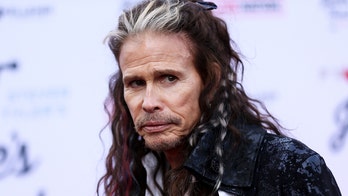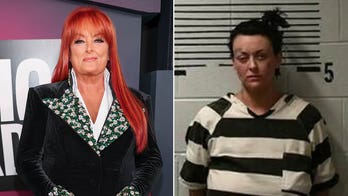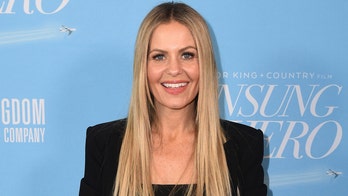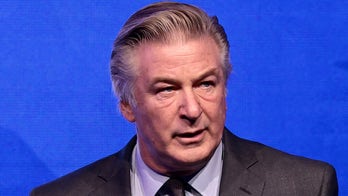Come this autumn, “Saturday Night Live” could showcase some of its most eyebrow-raising material in years.
Cast members and recurring characters come and go on NBC’s venerable late-night mainstay, but for more than four decades, the program has basically operated with the same format: A “cold open”; a monologue featuring the guest host; a couple of sketches and taped segments; a musical performance; “Weekend Update”; more sketches; another musical performance; some oddball material in the last ten minutes; and a quick goodbye from the host and cast.
In the fall, some of that structure will likely change. NBCUniversal plans to reduce the commercial load that typically accompanies the program, part of an emerging format being tested by many big media companies growing increasingly conscious of the fact that younger viewers who watch streaming video on demand expect fewer ads and less commercial “clutter.” Gone will be two commercial breaks, representing about 30% of the ads that usually come packed into the program. “SNL” will be able to run longer segments in their place, and about six times a year, will work with advertisers to create content that relates to the show. The show’s top sponsors, which in 2015 included Apple, State Farm, T-Mobile, Verizon and Volkswagen, according to Kantar Media, would no doubt be curious to learn more.
The new organization could raise some issues. Will its fabled crew, which labors mightily to rearrange sets and slip guests into costumes during commercials and taped segments, be able to function without two ad breaks? “SNL” has long incorporated pre-taped elements – ranging from “SNL Digital Shorts” to “Schiller’s Reel” and from “Deep Thoughts” to “TV Funhouse” – but will it have to rely on them even more? And if “SNL” is helping to create commercials, does that mean it has to bid adieu to the satirical ads it has run since the 1970s?
The new architecture of the institution seems to be in the planning stages. “The show is in charge of these select spots that we will create together, and the show is always in charge of figuring out every week what the show looks like,” said NBCU’s ad-sales chairman Linda Yaccarino, in an interview Monday. “I’m pretty sure it’s not going to be one pat formula.”
But TV’s recent past is filled with examples of what “SNL” could offer. Other properties supervised by Lorne Michaels, “SNL’s” executive producer and guiding spirit, have laced Madison Avenue into the mix with aplomb. And several late-night programs on networks other than NBC have devised intriguing new ways of working with marketers that in decades past might have seemed impossible. If “Saturday Night Live” were an ad agency, what would it create? Below, some ideas:
*A show that makes fun of its sponsors… Under Michaels’ aegis, Tina Fey and Robert Carlock devised an entirely new system of product placement during their years running NBC’s “30 Rock.” The sitcom, which aired from 2006 to 2013, allowed its characters to poke fun at the products sponsoring the show. A case in point: In 2006, the fictional staff of writers portrayed on “30 Rock” hooted because they were being made to include products in their own program, “TGS.” Fey’s Liz Lemon talked about how much she adored gadgets made by Verizon Wireless, then turned to the camera and said, “Can we have our money now?”
*Weekend Update commentary… When he held forth on Comedy Central’s “Colbert Report,” Stephen Colbert would occasionally accept money from sponsors like Wheat Thins and Doritos and plug them into his commentary – not always in gushing fashion. Might Colin Jost and Michael Che try something similar and whip up jokes and riffs on a particular sponsor?
*Commercials and content…. “Saturday Night Live” has become an institution, and as such, has decades of clips and even little-seen footage from rehearsals it can take out of its vault. In the fall of 2009, Anheuser Busch InBev bought up all the national air time around “SNL” and used it to promote a new brew, Bud Light Golden Wheat. As part of the deal, the ad breaks also featured unaired footage from the show’s past, while the beer giant hosted “SNL” viewing parties around the nation. Couldn’t “SNL” curate moments from its archives and celebrate its long history with a sponsor willing to go along for the ride?
*Live ads… Most of TV’s late-night hosts have embraced this technique in one form or another, but it’s become something for which ABC’s Jimmy Kimmel has become particularly known. He has worked everyone from Cigna to Pontiac to Kellogg’s Crunchy Nut cereal over the years. Would Kate McKinnon, who has done work for Ford Motor, or Kyle Mooney, who has appeared in a commercial for Sprint, be interested in crafting such stuff?
*Cast members in commercials… In 2014, Cecily Strong appeared in an ad for Jeep that was tailored to run only on NBC outlets – and especially during “Saturday Night Live.” The spot showed Strong, best known, perhaps, for her recurring character “Girl You Wish You Hadn’t Started a Conversation With at a Party,” using the rough-and-tumble vehicle to locate a brown bear costume with time counting down before an “SNL” dress rehearsal. Wouldn’t cast members appearing in the ads around the program make those commercials more relevant and memorable? Don’t forget: “SNL’s” Beck Bennett is also known for his turn in those hard-to-forget AT&T ads in which he interviews kids about a range of abstract concepts.






